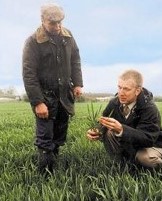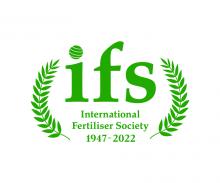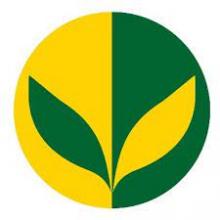What routes do we have to improving nutrient management?
- Reducing nutrient demand
- grow crops & varieties with low nutrient requirements
- minimise losses from soil
- cover crops to reduce leaching of nitrate over-winter
- minimise soil runoff
- Make the most of manures
- Estimate nutrient requirements, accounting fully for crop demand and nutrient availability
- Apply fertilisers accurately
- improve fertiliser recovery
- consider using Enhanced Efficiency Fertilisers
- Consider foliar nutrition
Add more to the list below and share your ideas and experiences











